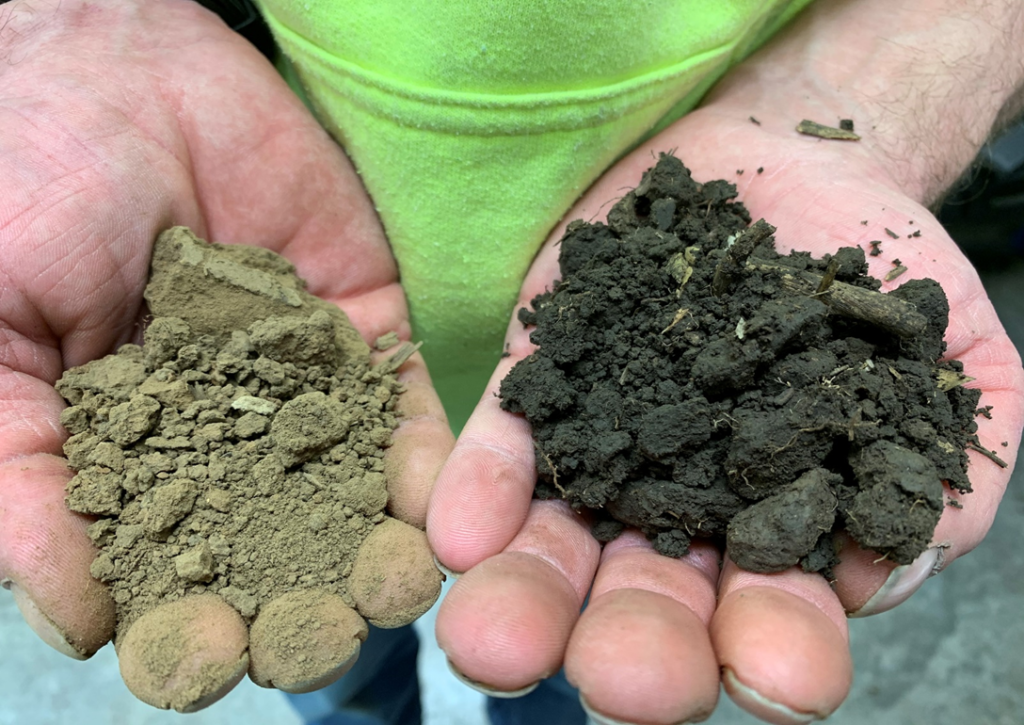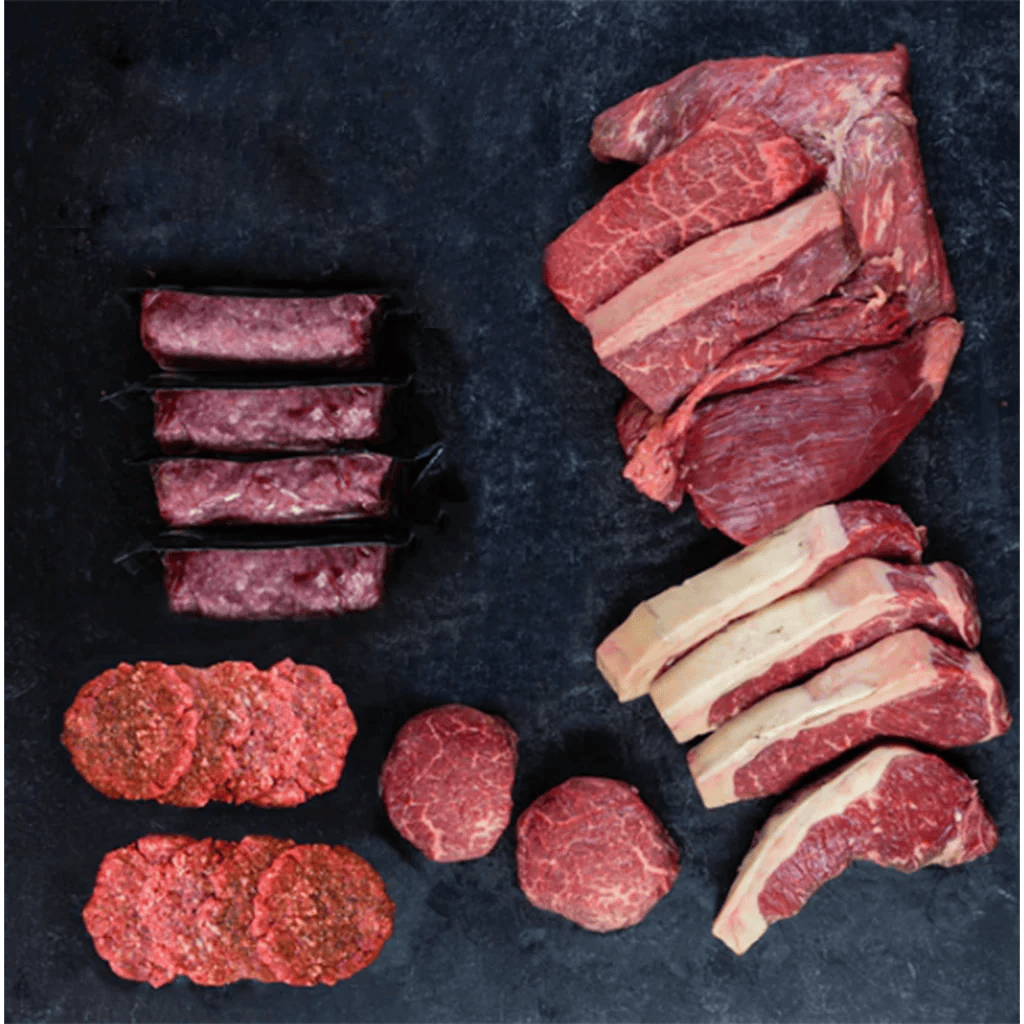This nutrient dense beef is superb-tasting, raised ethically, and found right here! This family ranching and processing operation is fully committed to raising the healthiest cattle possible using regenerative ranching processes. This results in a perfectly honest correlation between land, ranch, and table. This third generation of ranchers is focused on respect for their animals, regenerative land, and ranching practices. Plus, it provides a sustainable delivery option.
Nutrient Dense Beef Delivered 2 Ways
They deliver on the values of humanely raised animals. In addition, they deliver the finest quality beef to your doorstep. They achieve this by harvesting their cattle between 4 and 14 years of age. Thus, providing the healthiest and most flavorful beef on the globe—as they say–the holy grail of beef
Their cattle graze and roam on 40,000 acres of pasture. They graze among sagebrush, juniper, and the rich red dirt that makes up some of the world’s finest grassland pastures. Their diet has just.0075% high-quality local grain. Primarily, the other 99.9925% of their diet is nutrient-rich pastureland grasses. There are over 7 different nutrient labels that generate Realm Phyto-nutrients. Every animal and plant out there has access to different things. So, when the cattle consume the plants, the properties of these nutrient grasses are within the animals.
Due to the unique climate, topography, and pastures, their antibiotic and hormone-free cattle loaded with nutrient-dense composition provide a uniquely distinct flavor profile. You will taste the difference between their beef and grain-fed beef.
Conventional vs Regenerative Agricultural
The current conventional agricultural process is doing it wrong. It is centralized and is nutrient deficient. In fact, 8 out of 10 deaths are due to metabolic reasons. For this reason, the Regeneration Agriculture Convention, the Nutrient Food Association, and scientists are leading the change in enhancing soil health and food health. This group quantitated the data from the meat samples they had received. And as you can guess, everyone is in a different space in this education. Today, the staples in supermarkets are having you pay for water. You are paying for nutrient-deficient foods. For instance, vegetables like broccoli have 50% less nutrients than they used to.
However, many farmers and ranchers acknowledge that regenerative agriculture is probably the long-term solution to improve soil health and increase nutritional food products. Regenerative agriculture restores degraded soils using several techniques. Such as adaptive grazing, minimal to no-till planting, and limited or no use of pesticides and synthetic fertilizers. As a result, studies and testing of regenerative agriculture have shown an increase in essential minerals and vitamins in produce and meat.
Advantages of Nutrient Dense Beef
This rancher’s cattle meat samples came back with 64% more nutrient density than Grass beef. Furthermore, when compared with grain-feed cattle, they were 239% more nutrient-dense. Even more dramatic results show that their samples were 70% higher in essential amino acids than grass-fed beef. Plus, Non-Essential amino acids were 80% higher than average grass-fed beef. In fact, the human body does not produce these essential amino acids. Rather, you can only get those through the consumption of food.
Check out these rancher’s statistics compared to other beef-raised livestock.
- Essential amino acid benefits are 70% higher than average grass-fed beef.
- Non-essential amino acid benefits were 80% higher than average grass-fed beef.
- This rancher’s beef is 64% higher in nutrient density than grass-finished beef and 239% higher than grain-finished beef.
- Finally, this rancher’s beef has 64% more Phyto-Nutrients than grass-fed beef.
Conclusion
There is a growing interest in producing and consuming healthy nutrient-dense foods that are rich in essential minerals and vitamins. As a result, regenerative agricultural practices are on the rise to create a nutrient dense food supply. This aids in providing much-needed nutrients to help maintain a healthy body. One such rancher is focused to providing meats that are nutrient dense. We are steering away from labels and trusting our tongues to tell our brain what has more nutrients density. Nutrient density is directly connected to brain function! Get yours here today!




